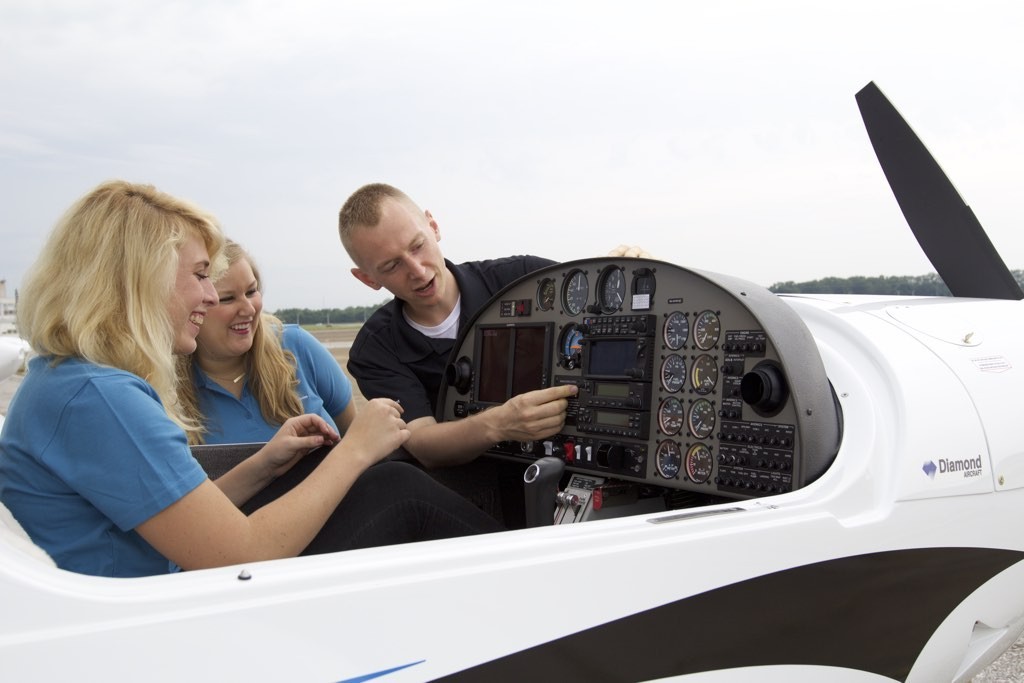 Source: Tennessee Department of Transportation
Source: Tennessee Department of Transportation
Aviation is a key part of Tennesse’s annual GDP
The Tennessee Department of Transportation (TDOT) has released the results of a year-long Statewide Aviation Economic Impact Study. The report, which began as a partnership between Kimley-Horn and TDOT, zeros in on the economic impact of public-use airports statewide.
“A safe, secure, efficient, and resilient aviation system is essential to our state’s physical, economic, and social health,” said Michelle Frazier, director of TDOT’s Aeronautics Division. “This report recognizes aviation as a driver of the economy, including economic recovery.”
Throughout the state, TDOT found close to 7 million out-of-state visitors traveled through one of Tennessee’s 78 airports. The airport system statewide supports 220,936 jobs and 450 businesses.
“Tennessee’s 78 public-use airports are critical components of the state’s transportation network, linking and providing access to regional, national, and global transportation systems,” said TDOT Commissioner Clay Bright.
For their report TDOT divided the state into four sections. Memphis International Airport falls into region 4, which was the second most profitable out of the four total regions. The Memphis International Airport alone brought in $6.4 billion, while the General DeWitt Spain Airport in north Memphis brought in another $31.6 million for the state. The Memphis International Airport is also the nation’s busiest cargo airport due to housing FedEx’s Express Global Hub.
Memphis International Airport is undergoing a remodel and modernization project that would add in much-needed consolidation and structural improvements.
The full report can be read on TDOT’s website.
 CIT
CIT